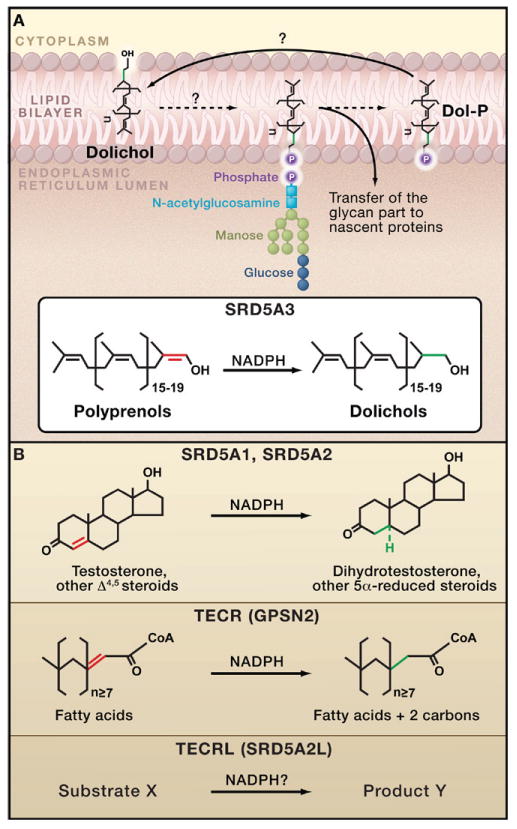Figure 1. Steroid 5α-Reductase and N-Linked Protein Glycosylation.

(A) The addition of a 14 sugar oligosaccharide to nascent proteins (N-linked glycosylation) occurs in the membrane of the endoplasmic reticulum (ER), where dolichol-phosphate (Dol-P) serves as a lipid carrier for the glycan unit. The steroid 5α-reductase SRD5A3 catalyzes the reduction of the terminal double bond of polyprenols to generate dolichols, the precursor of Dol-P (Cantagrel et al., 2010). Mutations in SRD5A3 cause a congenital disorder of glycosylation leading to severe developmental anomalies in humans. (B) The other four human steroid 5α-reductase enzymes also reduce the double bond of various lipid substrates using the NADPH cofactor. SRD5A1 and SRD5A2 are required for the proper sexual development of males by catalyzing the synthesis of dihydrotestosterone from testosterone. Although the trans-2,3-enoyl-CoA reductase (TECR) is known to operate on fatty acids, the substrate(s) for the trans-2,3-enoyl-CoA reductase-like (TECRL) enzyme is unknown.
